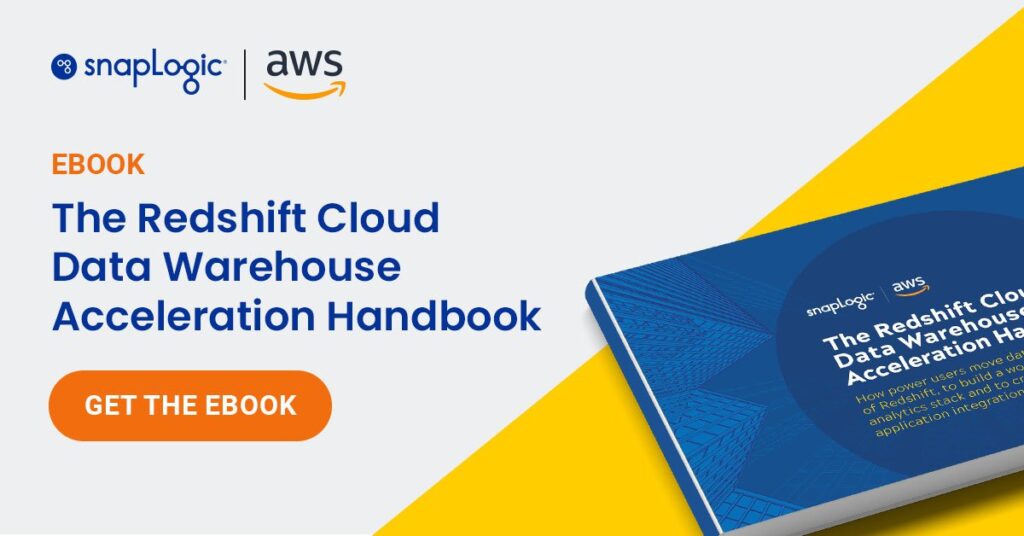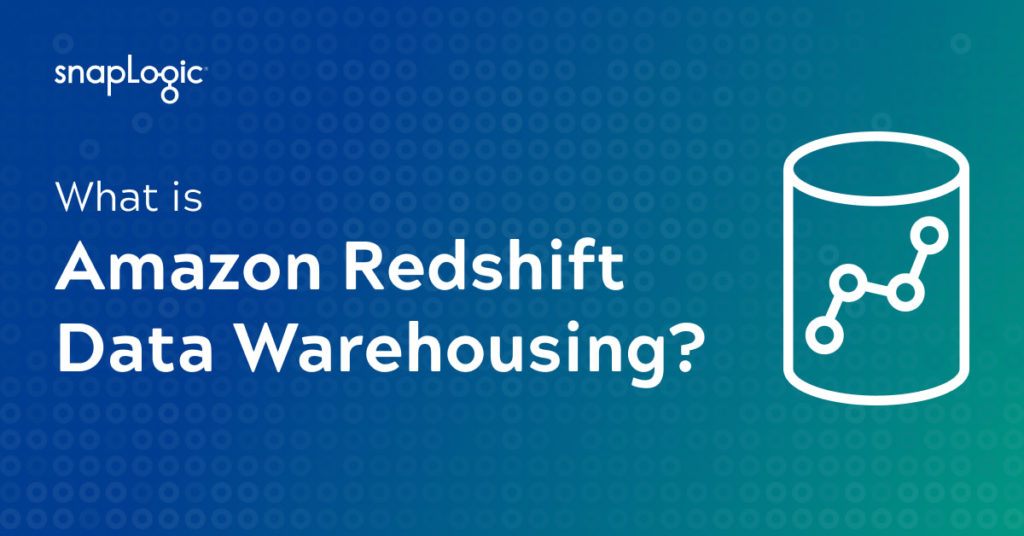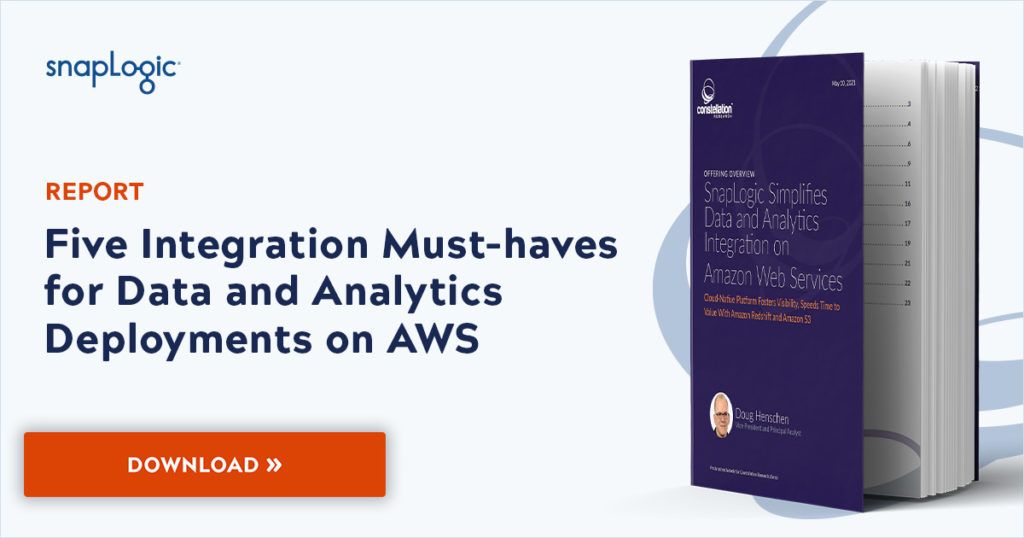What is AWS Redshift?
AWS Redshift is a cloud-based data warehouse and analytics service run by AWS, Amazon Web Services, the cloud-computing department of the tech giant. AWS Redshift allows users to upload and process huge amounts of data.
By creating a virtually unlimited data storage option, Amazon Redshift provides people and companies with a platform for analyzing data so they can gain new insights about their operations. The cloud-based nature of AWS Redshift means that it can easily be scaled up. This means that if a user requires more space as they grow they can purchase it instantly. The AWS Redshift cost rises in line with the amount of space required.
The architecture of Redshift means that it is optimized to analyze your data with great speed. This is achieved through the use of massively parallel processing (MPP). It also uses machine learning and result caching to ensure sub-second query response times.
One of the biggest appeals for users of Redshift is its ease of use. It can be programmed through the AWS console or its own API. Backups and making copies are automated which further improve usability. Redshift is also built using end-to-end encryption to keep user data secure. Users can also choose to isolate their data on a virtual network for increased safety.
AWS Redshift works with a number of partner organizations, such as SnapLogic, which provide data integration and system tools. These third-party organizations help to tailor Redshift’s capabilities to meet the needs of individual users.
AWS RDS vs Redshift
RDS is a database hosting service from Amazon Web Services. It has similarities to Redshift, not least because they both come from Amazon. They are quite different, however, with Redshift being more capable of performing analytics on vast datasets. Redshift also works on a columnar database management system.









